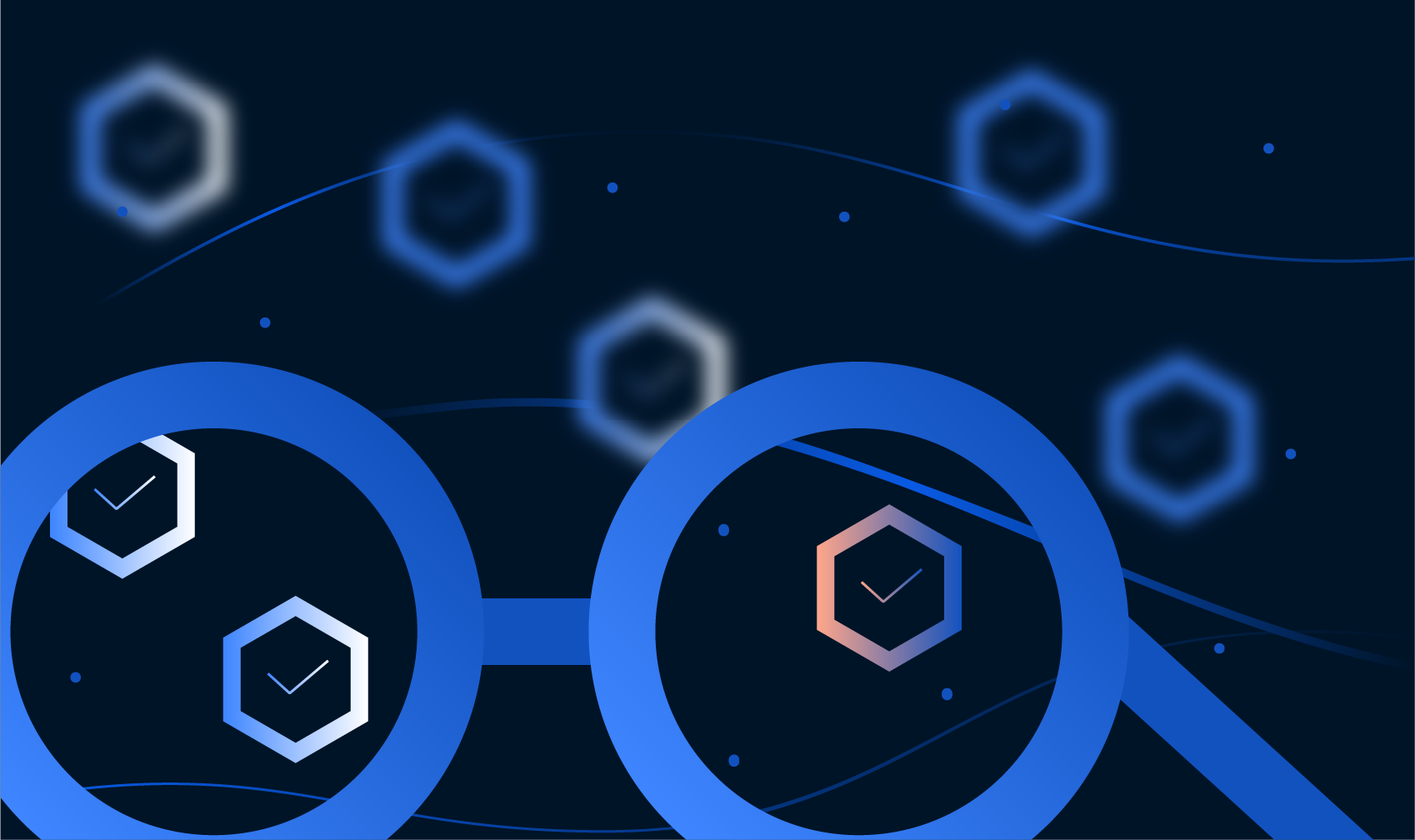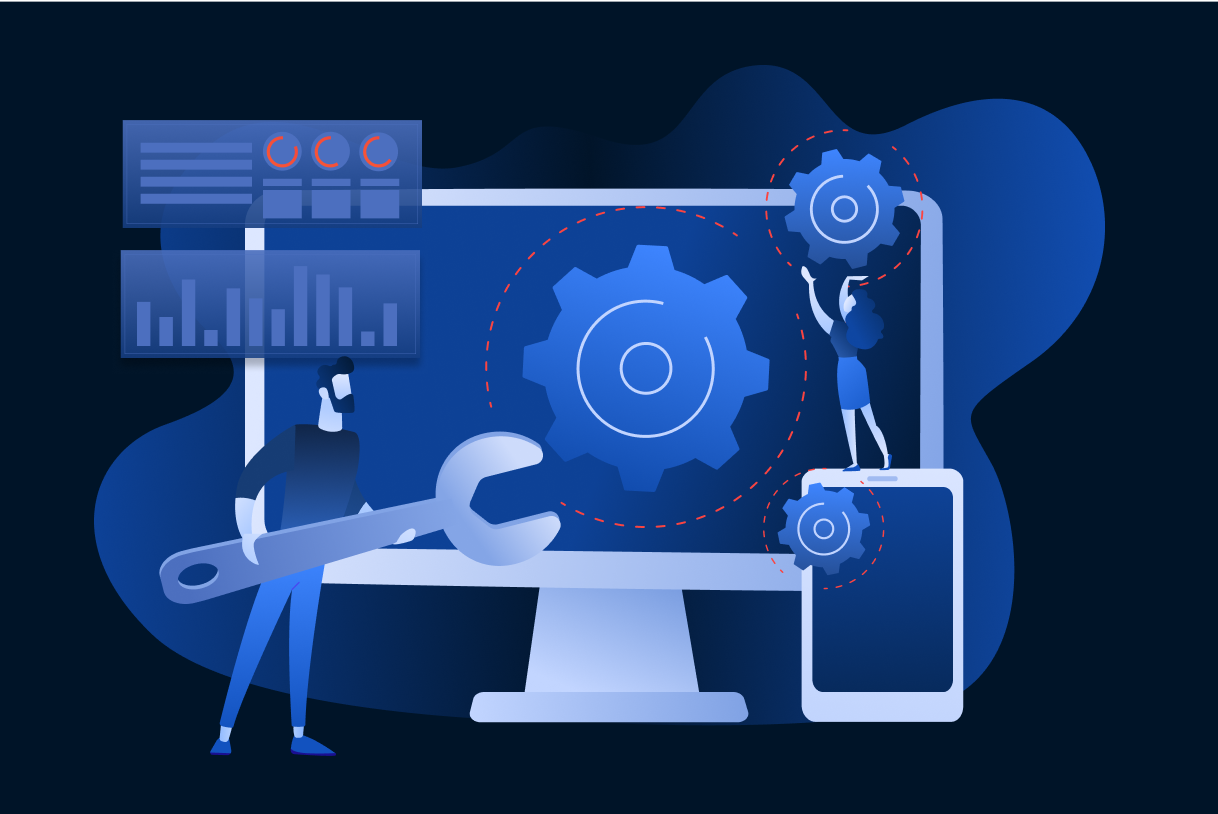At Polymorph, we often discuss the importance of valuing people. As a way to demonstrate this, I wanted to share a practical example of how we assist one another.
When you start working at Polymorph (or maybe during the interview process already), you quickly discover that the standards are quite high and that our team operates at a remarkably high level of performance. This applies not just to the quality of the work we do, but also to the quantity. We have had occasion to look at each other and admit that we get so into our work that we tend to overwork. This is a problem because overworking is not sustainable; it’s not good for the individual’s well-being and, therefore, also not good for the company.
Solving this problem by dropping our standards would be destructive – so we’re not going to do that.
Getting Things Done (GTD) is able to help by chasing what David Allen (its inventor) calls “mind like water”. As it says on the cover of the book, GTD is the art of stress-free productivity.
What? Mind like water?
Sure! Think of a pool of water. Its surface is flat, and the water perfectly conforms to the contours of its container. Now imagine disturbing the perfect peace by popping something into the water. Does the water overreact? Does it underreact? No – it reacts precisely according to the change in its situation and then returns to its calm and flat state. The water level may be slightly higher due to the object that now sits at the bottom of the pool.
What happens if you throw another thing in? And another? Exactly the same thing happens every time: the water reacts according to the disturbance, then goes back to being calm.
Now apply this to your daily work. You’re sitting there, trying your best to solve some difficult problem, when your colleague taps you on the shoulder – this after already being interrupted twice by phone calls and four times by other notifications. Do you overreact? Even if you don’t show your colleague any overreaction, your internal stress level may spike … making it that much harder for you to engage with the problem again after the interruption is dealt with.
"The goal of GTD is to work our way towards being more like the pool of water; to build the ability to engage appropriately with our world and the things that come at us from unexpected directions."
But what is it?
GTD codifies a set of fundamental principles that govern how human minds best engage with knowledge work. The basics are simple and powerful. Here they are:
- Your mind is for having ideas, not holding them. If you have no other plan in place, your mind will take on the job of remembering and reminding you about incomplete things. It is very bad at this, so your stress levels will be (very) high as a result. Think of things like waking up at 3 am and being unable to go back to sleep because your thoughts are racing so much. So you need a safe, reliable, easy-to-use place to hold ideas.
- Your brain is the most wonderful pattern-matcher: Take a few seconds to close your eyes and focus on the colour red. Now look around you – notice how your attention lands on even the tiniest flecks of red in your environment. How do you use this to your advantage? To achieve success with any particular thing that comes at you, there are two things you need to have clearly in mind: What has to be true for this thing to be done? And What does doing it look like?
From these basic building blocks, we establish a mental pattern that looks like this:

For example, during my team meeting on a Wednesday morning, I usually capture somewhere between 6 – 10 things that might represent unfinished business for me. Obviously, I just jot them down instead of trying to do them then and there! This is the Capture step.
Later that day, I take a moment to look at each thing again and ask: what is this thing? What does it mean to me? What action should I take as a result of that? Is there some larger outcome that this is actually a part of?
Depending on the thing I’m looking at, sometimes the answer is a mental shrug and simply discarding it. Often, the thing is more meaningful, and I write down the results of my thinking. I keep two main lists for this purpose and add to them as I clarify and organise things – more on that in a moment.
First, notice that this mental pattern, once established as a reliable feature of my daily life, makes up a suitable response to the first fundamental: it creates a safe, reliable, easy-to-use, not-in-my-head place to hold ideas.
For this to work, I have to give myself the ability to capture thoughts at any time. I even have a capture plan for the shower! It turns out that white glass board markers work just fine on shower doors. It also means that I’ve built the habit of being reliable about clarifying everything that I capture within a day or two of capturing it.
Now, the lists.
Projects (a.k.a. Outcomes)
This is a list of answers to the question “What has to be true for this thing to be done?” for various different things that are going on in my life at the moment.
The function of this is to serve as a list of reminders of larger commitments that I have open. Think of each of these as a finish line – in other words, it’s a description of how the world will be different when I’m ready to tick the thing off as “completed”. Here are some examples you might find on a Projects list:
- Vendor management process is installed and working smoothly
- Senior Software Engineer is recruited
- Home air conditioner is serviced in preparation for summer
This list creates a space for each of the projects where planning can happen. Most of these are small enough that the planning can happen in my head, while a few are big enough that there is a need to write down what I’m doing and why.
Notice how the size of a project isn’t the most relevant thing – anything that I can’t do in a single step goes on this list.
Next Actions
This is a list of answers to “What is the next action?”
Since I’m taking a moment to think through what the next action is, I make sure to write things down clearly. I want to make sure that when I read what I’ve written down in the future, I can understand it even if I’m exhausted. This means that I need to be clear and specific about the action I’m writing down. I ask myself if a CCTV camera would be able to capture me doing the action, so I don’t write vague things like “Birthday” or “Mom.” Instead, I write down specific actions like “Buy candles for Sunday’s birthday cake” or “Call Mom to get her travel dates.” This way, I can engage with the action and decide whether to do it or not, even if I’m tired.
Notice the difference between Next Actions and Projects – for Next Actions, it’s important to write down the next physical action. For projects, it’s important to clearly describe how I’ll know it’s done. The two lists together are GTD’s response to the second fundamental: clearly knowing both what “done” and “doing” looks like, so you can use your incredible pattern-matching power to your advantage.
What matters vs. what doesn’t
Often, when thinking about this kind of thing, people are tempted to focus on the tool. “Should I use Evernote? Trello? RememberTheMilk?”
These questions are tempting because they’re easy. But for the most part, they are the wrong place to spend your energy. There is more potential for improvement in focusing on your mental habits:
- Do you capture all the loose ends when they first come up? Or do you have to remember things multiple times before you write them down?
- Do you finish thinking about what things mean to you so that you clearly understand what done means, as well as what doing looks like?
- Do you have one place to put the results of that thinking so that you have exactly one place to look at when you want a reminder?
- Do you spend enough time reflecting on the right things at the right times so that you give yourself the best chance to intuitively choose the right action at any given time?
You can implement a complete, effective and efficient low-stress productivity system using nothing but a stack of index cards and a pen.
To illustrate: most people trust their calendars implicitly. Why is that? Try this reasoning for size:
- Everything that belongs on the calendar gets put on it as soon as it shows up.
- The calendar gets looked at a lot. Several times a day, for most people.
- When something on the calendar doesn’t reflect reality, it gets fixed quickly.
What matters isn’t which tool you use – what matters is how you think about your work.
What impact has this had so far?
Over the last few months, I’ve been showing people at Polymorph this way of doing things. So far, I’m getting comments like this one, from someone who is leading a team:
“The capacity in my head freed up. Although I was already writing things down, it wasn’t substantial enough, and there were still things living in my head. Since writing down EVERYTHING, the extra space has allowed more thinking into what’s next for my actions and not about thinking of the things not written down.”
And this one, from a Software Engineer:
“My first clarify and organise took about an hour because I had to set up my workflow, but it’s working so well.”
In a different context, from the same Software Engineer:
“Juggling contexts is just about as easy as juggling chainsaws; it’s easy to get overwhelmed and gets exponentially harder the more chainsaws you add. GTD allows me to carefully put down every chainsaw until I need it!”
Another one from a Senior Software Engineer leading a team:
“I used to carry way too much action-driven information in my head, often allowing me to forget things and not see the bigger picture. This information is no longer just living in my brain, but neatly categorised and easy to pick up when I get a gap. I have so much more brain capacity now to mainly focus on one thing at a time and not jump between a million.”
We are starting to see GTD delivering what it says on the tin: stress-free productivity, where both of those are equally important.
What impact are we hoping for in the long term?
Over time, as people get better at the key habits and bring their workload under control, I hope to see overwork reduce. I hope to see burnout and stress disappear altogether. I hope to see everyone relax a little more, work collaborations become deeper and more meaningful, and the quality of our work improve.
Sources
If you want to learn more at GTD, you should consider:
- Buying the book: https://gettingthingsdone.com/books/
- Reaching out to a coach near you: https://gettingthingsdone.com/training-coaching/





